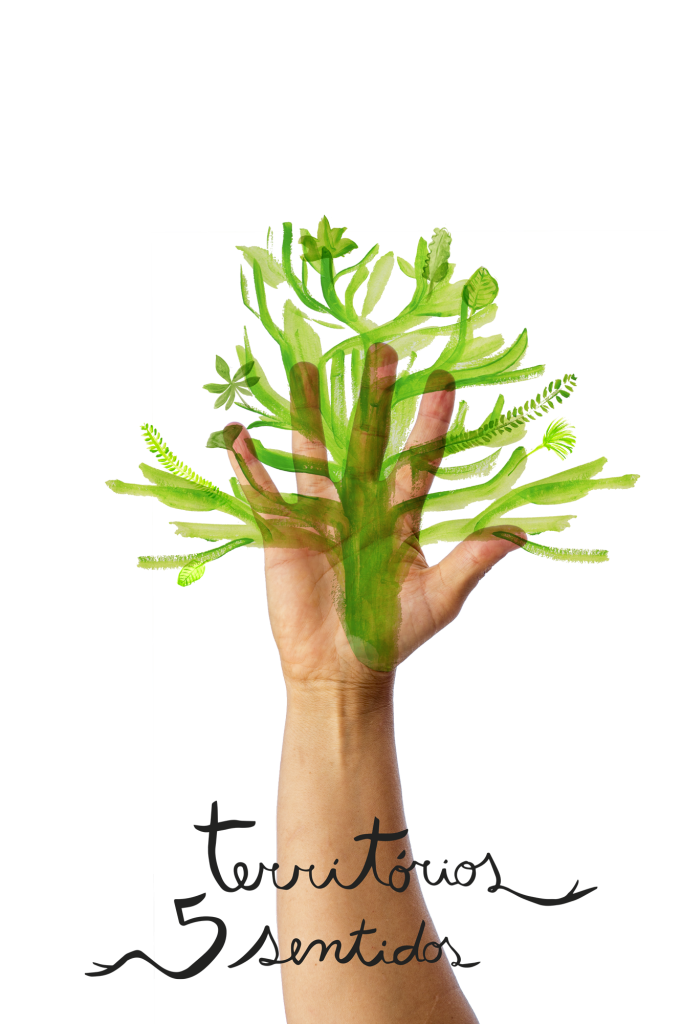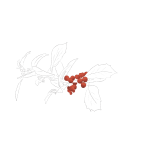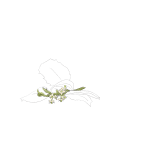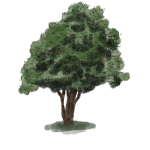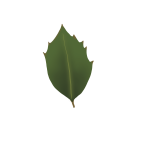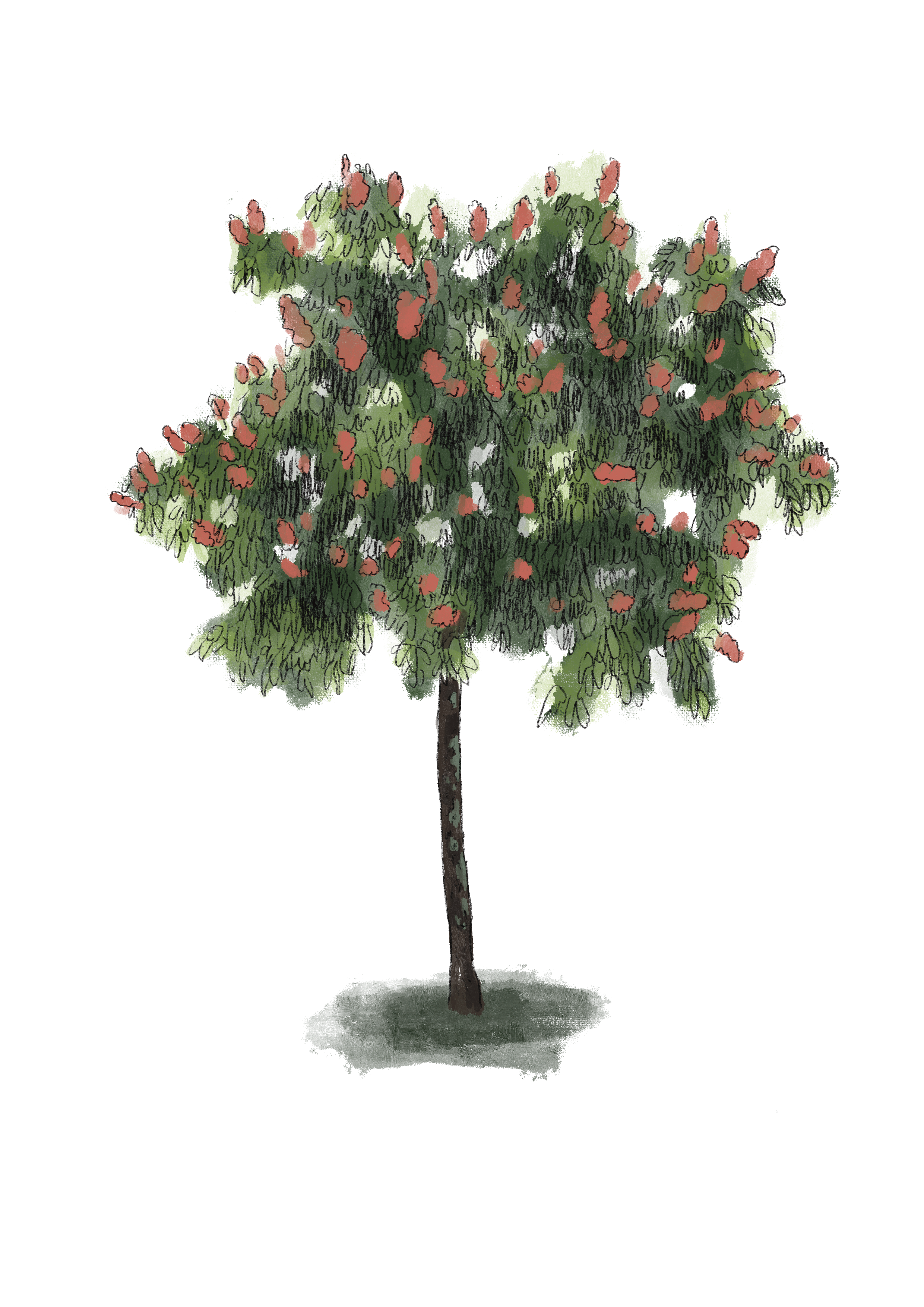

Horse Chestnut
Aesculus hippocastanum
A deciduous tree, with large palmate leaves and 5 to 7 sessile follicles, the flowers, which blossom from March or April in Portugal and in May in the northern countries grow in large conical or cylindrical panicles, in a pinkish-white colour, with a sweet smell that is very appealing to bees. There are also other species of ornamental interest such as the aesculus x carnea with its exuberant red flowers.
The fruit capsules do not have spikes like those of horse-chestnut. They are smoother, green, with no more than three chestnuts inside.
The leaves, seeds, and bark are used for therapeutic purposes.
The bark contains escine and esculoside, used to strengthen the vein and capillary walls; they also have an anti-inflammatory action and reduce capillary permeability and fragility; esculoside is also a sunscreen. also prevents sunburns.
It also contains flavonoids, tannins, saponosides, mucilage, pectin, fatty oils, and glucides (starch) which are found mainly in the fruit (chestnuts). The flavonoids have an astringent action by strengthening the walls of the veins and capillaries. Thus, they are recommended for the treatment of haemorrhoids, tired legs, poor circulation, and bruising.
Despite its name, this species is not native to India but from the Balkans and Asia Minor. The English call it Horse Chestnut as horses appreciate its fruit, eating it as a tonic for the respiratory system.
Chestnuts (fruit) are placed in wardrobes and drawers to keep moths away and are quite different from the edible chestnuts of our chestnut tree, presenting some toxicity to humans.
The horse chestnut is said to be one of the best-kept secrets of Western herbal medicine and is hardly a footballer’s first aid kit that does not contain a packet of the gel, for treating swollen legs and feet, muscular sprains, cramps, bruises, and other sport-related injuries.
Video
Video Botanical Trail
Município de Castanheira de Pera
Horse Chestnut
